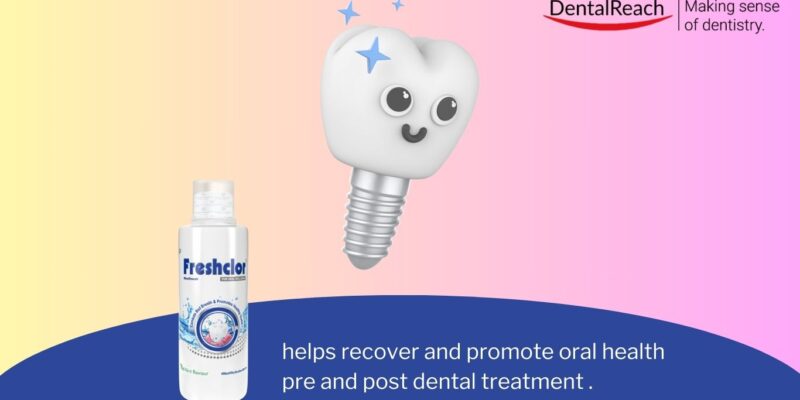In clinically challenging scenarios with limited bone height and anatomical restrictions, the use of short implants has been proposed as a potential treatment strategy. This retrospective study aimed to evaluate the clinical outcomes of short implants supporting prostheses in the posterior premolar region of the maxilla and mandible.
The use of dental implants has been widely advocated for predictable success in oral rehabilitation. However, limited bone volume and anatomical constraints, such as those presented by the maxillary sinus and inferior alveolar nerve, can pose significant challenges, particularly in the posterior regions of the maxilla and mandible. Sinus pneumatisation and resorption of the alveolar ridge following tooth extraction can result in inadequate vertical bone height.
In such scenarios, clinicians may consider additional surgical procedures to augment bone, such as guided bone regeneration or sinus elevation. Although these procedures have demonstrated success, they are more invasive and entail more morbidity, increased treatment time, and higher costs.
An alternative to conventional implants and complex surgical procedures is the use of short implants. Previous systematic reviews have demonstrated that short implants exhibit comparable survival rates to standard-sized implants. Advances in technology have further enhanced their performance. Despite this, most studies have focused on single-crown restorations or combined splinted crowns, with limited analysis on varying restoration designs.
A total of 30 patients requiring short 6 mm length implant placement in the posterior premolar region were included in this study. Following a period of osseointegration, the implants were restored with either single crowns, fixed bridges or implant-supported removable overdentures. Implant survival rates along with technical complications were recorded over a two-year follow-up period.
Results
In total, 45 implants were placed with four failures reported before loading in two patients, resulting in an implant survival rate of 93.3% over two years. There was no statistically significant difference found between implant failure rates based on arch placement (maxilla vs mandible). Prosthetic survival was 100%, with minor technical complications being low.
Several factors that may influence the success of short implants were examined:
- Patient-related factors: Smokers and individuals with poorer bone quality experienced lower survival rates.
- Prosthesis-related factors: Increased load from overdentures might contribute to implant failures.
- Implant diameter: No significant association was found between implant diameter and failure rates.
No prosthetic failures were reported during the evaluation period; however, minor complications such as screw loosening and ceramic chipping occurred but were easily repairable.
The findings suggest that patient-related factors (e.g., smoking status) should be carefully considered when using short implants.
Additionally:
- Short implants can achieve outcomes comparable to longer implants placed in augmented bone.
- The biomechanical behavior due to crown-to-implant ratio needs careful consideration.
- Periodontitis history did not significantly affect implant survival within this study’s scope.
This study showed that short 6 mm implants could provide a viable treatment option with high survival rates comparable to alternative bone augmentation procedures over a two-year follow-up period. Further research with longer observation periods is required to validate these current findings fully.
Within its limitations—such as non-randomized design and shorter follow-up—the study suggests that using short 6 mm implants offers favorable results for treating cases involving limited bone height without resorting to more invasive augmentation techniques.
Source: British Dental Journal




















Comments